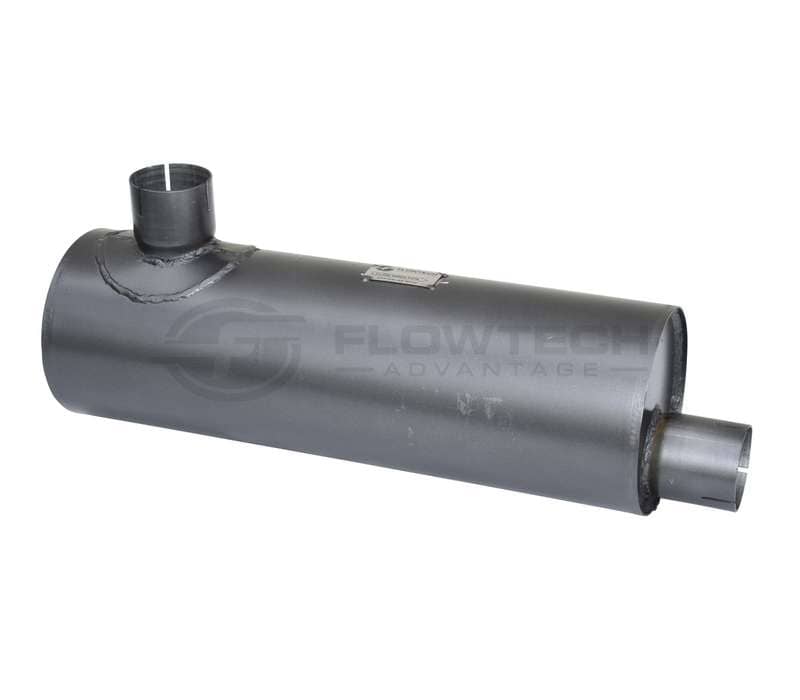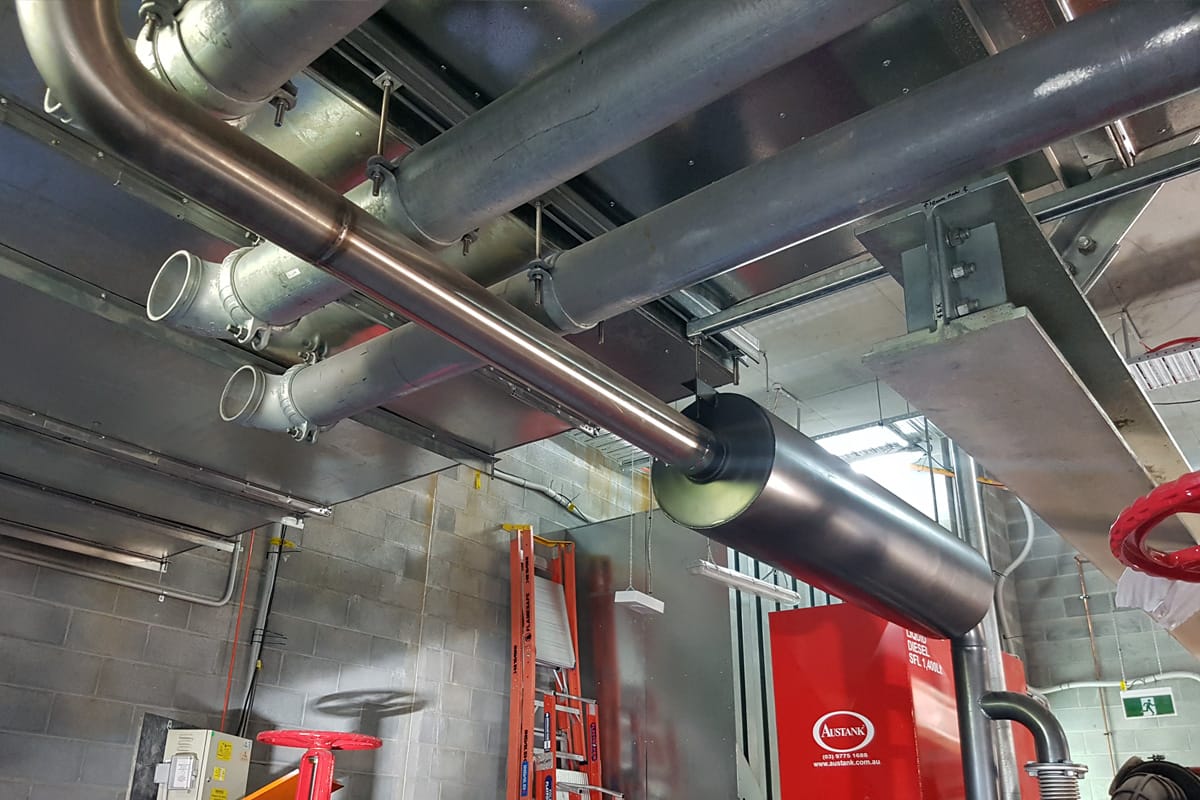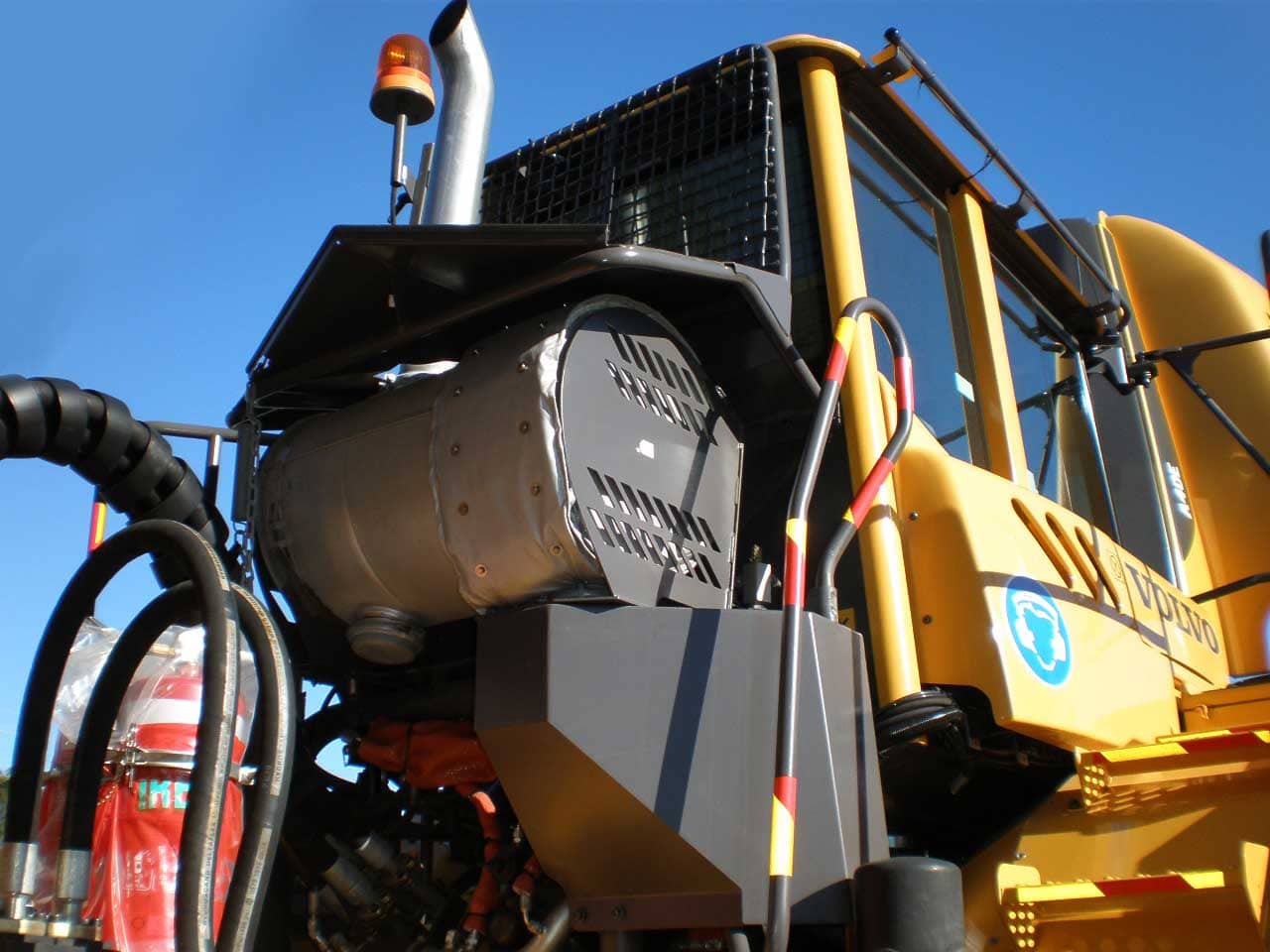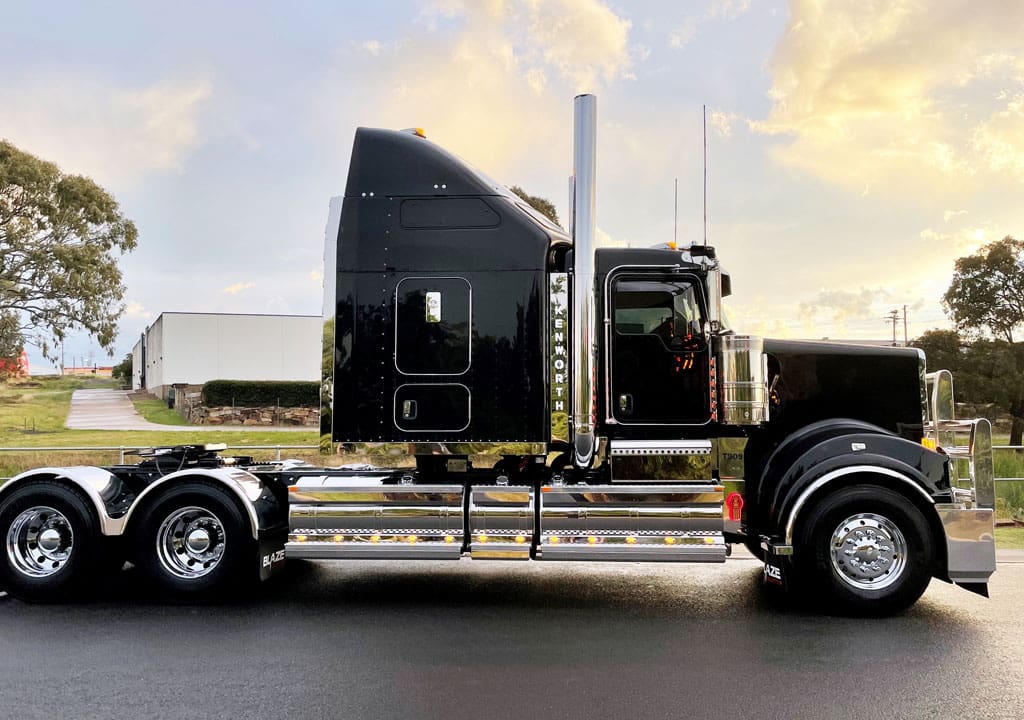Frequently Asked Questions
Here are some of the most frequently asked questions that we get related to exhaust silencer
An exhaust silencer, also known as a muffler, is a device attached to the exhaust pipe of a vehicle to reduce noise. They are typically cylindrical in shape, and use a series of baffles to slow down and cool the exhaust gases. This reduces the amount of noise that is created by the engine.
Internal design includes Ultra Quiet Silencer, Reverse Flow Silencer, Standard Baffle, Semi Baffle and offer different level of silencing.
Exhaust silencers are required by law in many countries because they help reduce noise pollution. They are also beneficial from a safety standpoint, as they can help prevent injuries from being deafened by an excessively loud exhaust.
There are two main types of mufflers: Direct-fit and Universal.
Direct-fit silencer are designed to fit a specific car model and year, while
universal silencer can be used on a variety of vehicles.
There are also three basic types of muffler design: straight through, perforated tube, and baffled tube.
Straight-through mufflers have no baffles or chambers and are often used for high-performance applications. Perforated tube mufflers use a perforated pipe to absorb sound energy and redirect exhaust gases, while baffled-tube mufflers feature multiple chambers with internal baffles designed to reduce noise.
Exhaust silencers have a variety of benefits for both the vehicle and the driver.
From the vehicle’s perspective, a good exhaust silencer can improve performance and fuel economy. It also helps to keep the engine running cooler, reducing wear and tear on the engine.
In addition, an effective exhaust silencer can reduce emissions and help keep the environment clean.
For drivers, one of the biggest benefits of using an exhaust silencer is reduced noise levels. This can be especially important for people who live in densely populated areas or who drive near highways. Exhaust noise can be annoying and even dangerous, so a good exhaust silencer can make driving much more pleasant and safe.
When choosing the correct exhaust silencer, you’ll need to consider the following factors:
- The type of engine it will be fitted to (diesel or petrol)
- The noise level required
- Whether the silencer will be mounted internally or externally
Once you have determined these factors, you can then begin to look at the different types of exhaust silencers available on the market. Some popular options include baffled tube silencers, fiberglass mufflers, and perforated metal mufflers.
There are a few ways to install an exhaust silencer. One way is to weld it on, but this can be difficult and dangerous. Another way is to use clamps or brackets to hold the silencer in place. Whichever way you choose, make sure the exhaust silencer is securely attached so that it doesn’t rattle or come loose while you’re driving. The best and safest way would be hiring a accredited Silencer installer to minimised issues and risks.
Maintaining an exhaust silencer is important to ensure the safety of your vehicle and keep it in good condition. Here are some tips on how to do so:
- -Make sure that the exhaust system is properly attached to the vehicle and that all bolts and screws are tightened securely.
- Keep the exhaust system free of dirt, grease, and other debris. This can be done by using a degreaser or cleaner as well as a wire brush.
- Inspect the exhaust system regularly for damage or leaks. If you notice any issues, have them repaired immediately.
- Always use specified replacement parts when repairing or replacing the exhaust system.
Using non-approved parts can result in decreased performance or even failure of the system.- Check the exhaust system for signs of rust or corrosion and have it repaired if necessary.
- Replace any worn-out parts such as mufflers, pipes, hangers, and other components as soon as possible.
- Make sure that all clamps and gaskets are in good condition. If they are worn out or broken, replace them immediately to avoid leaks.
- Be aware of any unusual noises coming from the exhaust system, this could indicate a problem which should be addressed ASAP.
- Lastly, ensure that the silencer is properly maintained on a regular basis by having it checked according to the manufacturer’s guidelines. This will help keep your vehicle running smoothly with minimal noise and emissions output.
There is no specific legislation in Australia that requires the use of a silencer on generators, especially in Industrial locations. However, it is advisable to use a silencer when running a generator in order to reduce noise levels and minimize any potential disturbance to locals.
It’s mandatory to the extent that when working in public areas such as road works close to residential areas, a silencer with an ultra-high level of silencing is a must to reduce excessive noise and vibrations. This is important to keep in mind when running your generator as you don’t want to disturb the peace of your local community and break any laws!
Investing in a Silencer is vital to ensure the peace of your surrounding area and substantially reduce noise pollution experienced by those around you. In the long-term, it will save you both time and money while creating an ideal environment for everyone involved.
Check the actual Generator Silencer installed in one of our client.
Flowtech Advantage has been designing and manufacturing exhaust systems for over 38 years. We’re a leader in the exhaust industry, and our products are known for their quality, durability, and performance.
We have a wide range of exhaust systems available for both domestic and import vehicles, and we offer custom-fit exhaust systems for those who need something specific.
We also carry a variety of accessories, including mufflers, headers, and tailpipes, to help you get the most out of your exhaust system.
If you’re looking for an exhaust system that will outperform the competition, Flowtech Advantage is the name you can trust.
























